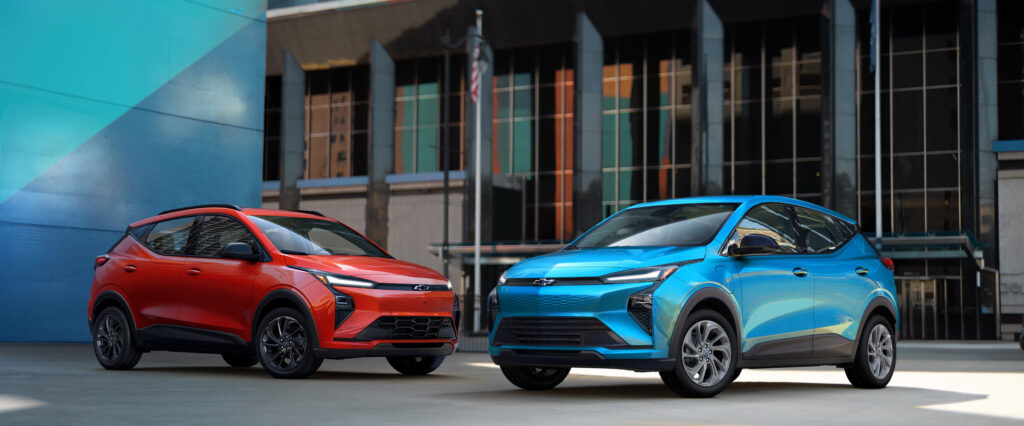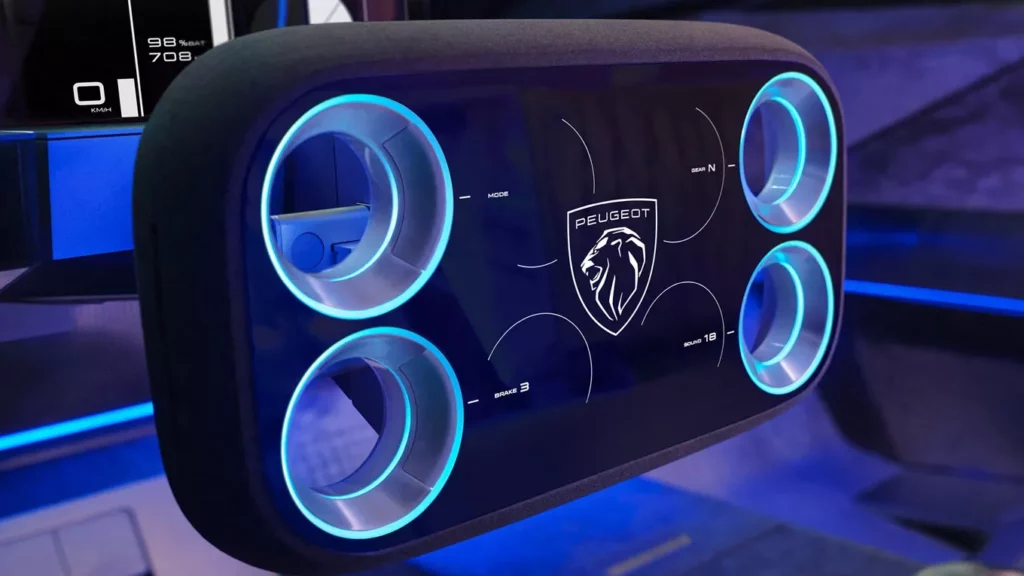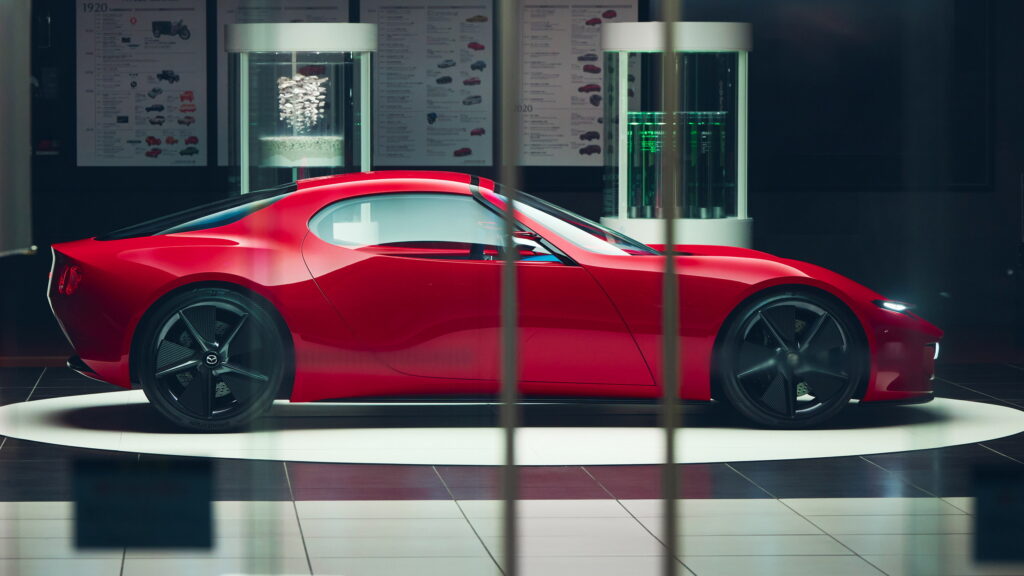SUVs Killed The Minivan, But Citroen Didn’t Get The Memo

- ELO concept revives quirky minivan style with fresh intent.
- Cabin seats six with flexible layouts and a bold orange theme.
- Designers call it a lab for clever, fun, and practical ideas.
There was a time when Europe’s roads were dotted with compact and subcompact minivans, purpose-built to juggle space, versatility, and daily practicality. That era faded fast once SUVs rolled in and pushed the category toward near extinction. But Citroen isn’t quite ready to let the minivan disappear quietly into the past.
The French automaker has unveiled the Citroen ELO, a concept it calls a “laboratory of ideas,” blending a boxy, unmistakably van-like silhouette with a modular six-seat cabin that is, by all accounts, very orange.
Review: We Drove The New C5 Aircross And Lost Our Jeep’s Compass To Citroen’s Comfort
While not a direct preview of an upcoming production vehicle, the ELO hints at where Citroen’s design language may be heading, and perhaps at how the brand still sees a future for vehicles shaped around utility rather than what sells fashion.
The name of the concept originates from the words rEst, pLay, and wOrk, communicating some of its use case scenarios. Measuring 4.10 m (161.4 inches) long, it is about the same size with the discontinued C3 Picasso and the previous generation C3 Aircross. However, it looks nothing like these models, adopting single-box proportions.
Reinventing the Urban MPV
Its name is an acronym of sorts, built from the words rEst, pLay, and wOrk, each pointing to one of the concept’s imagined roles. Measuring 4.10 meters (161.4 inches) in length, it roughly matches the size of the now-discontinued C3 Picasso and the previous C3 Aircross.
In shape, though, it’s a clean break, leaning into a single-box form that has little in common with those models.
More: Citroen Oli Concept Could Inspire Next-Gen C4
Up front, the ELO wears squared-off LED lights and a large, illuminated Citroen badge, bookended by a utilitarian front bumper that’s mirrored around the back. The windshield has a weird curve and is joined by a small glass roof. The profile is dominated by the large greenhouse and the sliding doors that create a 1.92 m (75.6-inch) wide opening.
The concept rides on 21-inch wheels with futuristic covers. There are horizontal cutouts above the fender on the beltline, while the roofline drops towards the rear section. The rear has an asymmetrical door and glass, with split LED taillights mirroring the shape of the headlights.
Four Or Six Seats
Inside, the ELO is configured as a “modular living space,” designed to hold either four or six people. The layout is unorthodox: the driver’s seat is mounted in the center, with two removable passenger seats positioned slightly behind it, and a three-person bench completing the rear row.
The front seat can swivel, creating a living room or a work space for meetings. The rear section of the cabin can transform into a sleeping area thanks to a pair of inflatable mattresses.
These are made of a durable material called Dropstitch and can be stored in the trunk. Furthermore, a drop-down screen turns the EV into a home theater.

The ELO doesn’t have a dashboard in the conventional sense. In its place, the ELO features an open section ahead of the driver and a slim display mounted beneath the front windshield.
The steering wheel juts out from the front wall in a futuristic shape, equipped with two joystick-style inputs and traditional stalks, replacing the need for a touchscreen. Door cards and side panels incorporate clever storage solutions, as expected in a van shaped around practicality.
More: Citroen’s Budget Fastback Looks Fast Only When Standing Still
The concept rides on a fully electric architecture, which is beneficial for packaging. Citroen hasn’t shared the specifications of the electric motors or the battery pack, but said that the “natural habitat” of the concept is urban areas.
It Could Spawn a Subcompact Offering

The concept will make its first public appearance at the Brussels Motor Show in January 2026. While it’s not destined for production in this form, French outlet L’Argus reports that it could influence a future subcompact model expected in 2028. That vehicle would slot somewhere between the C3 hatchback and the C3 Aircross SUV.
Citroen’s Design Director, Pierre Leclercq, referred to the ELO as “a burst of energy,” describing it as a design experiment built around practicality, efficiency, and a touch of whimsy. CEO Xavier Chardon echoed that, calling the concept both “a laboratory of ideas” and “a powerful message that carries our vision of what Citroen should be”





































